Migrating birds are a true marvel, especially Red Knots which I remember seeing as a child visiting Delaware Bay. I also remember seeing lots of horseshoe crabs, and now the horseshoe crabs – like Red Knots – are much rarer and under attack from a lot of human-created problems. The two species are closely linked, like so much of the ecosystem.
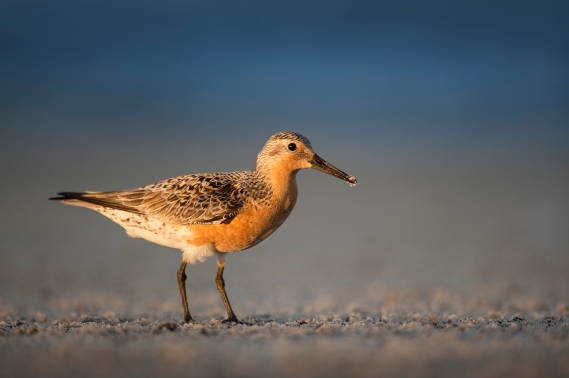
Red Knot. Image used under license from Shutterstock.com.
A recent New York Times article (“Migration Numbers Plunge for the Red Knot, a Threatened Shore Bird” by John Hurdle, 6/11/2020) backed up what Audubon has been saying for a while: “If they can’t find the food, then either they may cut off their migration and they won’t be able to make it up to the breeding grounds, or they make it up there in very poor condition and have a bad breeding season,” said Ken Rosenberg, an applied conservation scientist at the Cornell Lab of Ornithology in Ithaca, N.Y. “These are steeply declining birds like all the shore birds are, and if they have a year like that or a couple of years, it could be disastrous for the species.” (NYT, 6/11/2020)
The Red Knot is migratory (9000 miles, south to north in the spring), and it takes an enormous amount of energy and stamina for a bird to migrate. When the Red Knots land at places like Delaware Bay, they rely on energy-rich horseshoe crab eggs as sustenance to keep them alive and to give them energy to continue migrating (after a rest period).
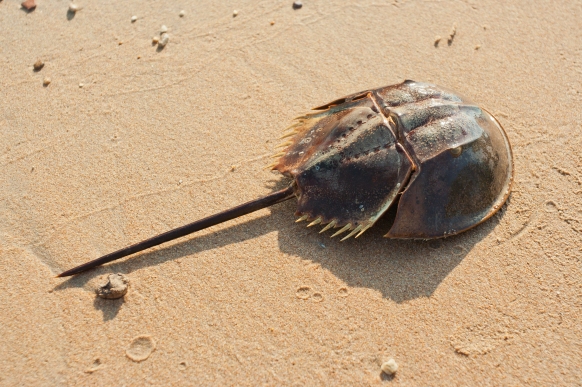
Horseshoe crab. Image used under license from Shutterstock.com.
But horseshoe crabs are under attack too, and they’ve had big population declines over the past decades. Horseshoe crabs (living fossils!) have been on this planet for 450 million years old (and they can live over 20 years): they used to carpet the Delaware Bay beaches and those eggs fed shorebirds who were migrating and desperately needed the eggs for weight gain and strength. The crabs have been in steady and alarming decline and the various industries who publish statistics are probably killing more than their published percentages, according to conservationists.
Three main things hurt the horseshoe crab:
1). They’re being over-fished (they’re used as bait for eel or whelk/conch and they’re by-catch from other fisheries).
2). They’re being over-used in the biomedical industry (bleeding them to get the Limulus amebocyte lysate, LAL, which detects harmful bacterial endotoxins). Bleeding them interferes with their ability to lay eggs (affecting future generations) and stresses them, affecting their health. A bled crab won’t breed. If it’s not breeding, it won’t lay eggs and the Red Knots will have nothing to eat. Horseshoe crab egg density has decreased significantly and remains low. There’s a movement to use synthetic LAL instead of bleeding horseshoe crabs.
3). Shoreline over/development and habitat loss (humans not giving them enough space).
Shorebirds (including Red Knots, sandpipers, Dunlins, Ruddy Turnstones, and others) just don’t have enough horseshoe crab eggs to eat, and those eggs help them gain weight to migrate. The impact has been catastrophic. Shore birds that come to Delaware Bay are in rapid decline.
What we can do:
– Don’t use horseshoe crabs as bait: use other species which are more plentiful.
– We can use synthetic LAL instead of bleeding horseshoe crabs.
– Return a favor: if the horseshoe crab is overturned, turn it right side up (don’t grab it by the tail: gently grasp it by the sides of its carapace). Give the crabs space.
– Keep your pets leashed on the beach. Give the birds space.
– Report tagged horseshoe crabs. (fws.gov.crabtag)
Migration is physically and mentally demanding for birds, and even under good/best conditions (enough food, limited human interference, etc.), many migrating birds die before reaching their destination. The ones who are struggling (like the Red Knot) deserve our attention, respect, and protection. Get involved via Audubon and protest the rollbacks of the Endangered Species Act and the Migratory Bird Treaty Act.

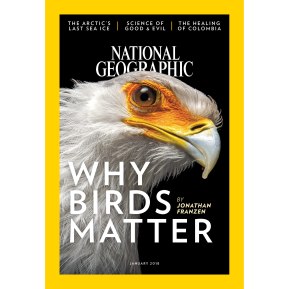 There’s not a lot of birding to be done during a pandemic on World Migratory Bird Day (today), with many parks closed and travel frowned upon, so I decided to reread Jonathan Franzen’s great essay in National Geographic, “
There’s not a lot of birding to be done during a pandemic on World Migratory Bird Day (today), with many parks closed and travel frowned upon, so I decided to reread Jonathan Franzen’s great essay in National Geographic, “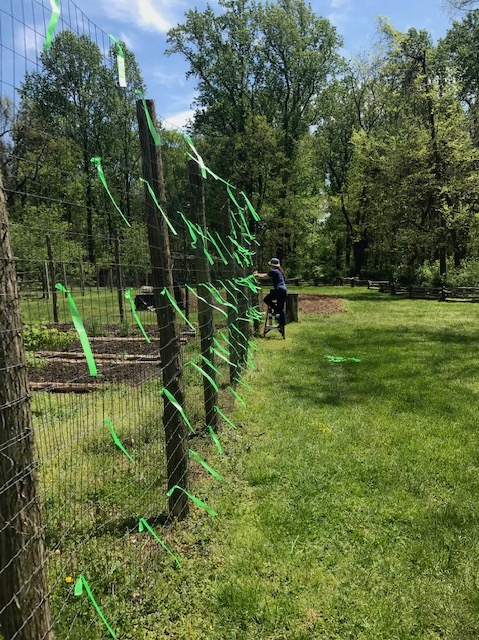

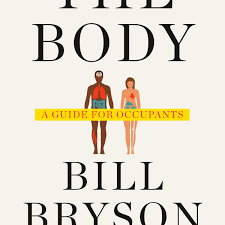

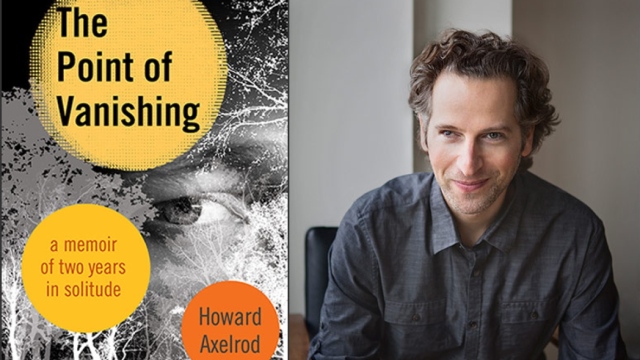
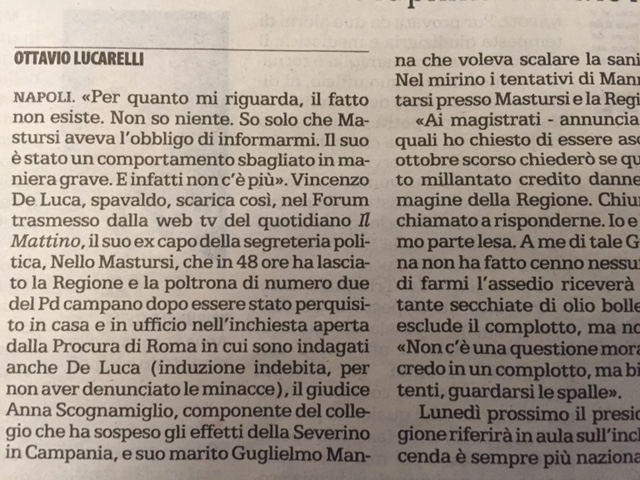 Feeling powerless comes with the territory of not speaking a language and being surrounded with people who do. Luckily, many Italians in major cities (or ones who work in the service industries), do speak fluent English. And they always took pity on me and my family. Every single time. People helped us when they didn’t have to: on buses, on trains, and in the labyrinthine streets. I was so grateful, and I realized how much it means to the person being aided, even if it’s a little thing.
Feeling powerless comes with the territory of not speaking a language and being surrounded with people who do. Luckily, many Italians in major cities (or ones who work in the service industries), do speak fluent English. And they always took pity on me and my family. Every single time. People helped us when they didn’t have to: on buses, on trains, and in the labyrinthine streets. I was so grateful, and I realized how much it means to the person being aided, even if it’s a little thing.



